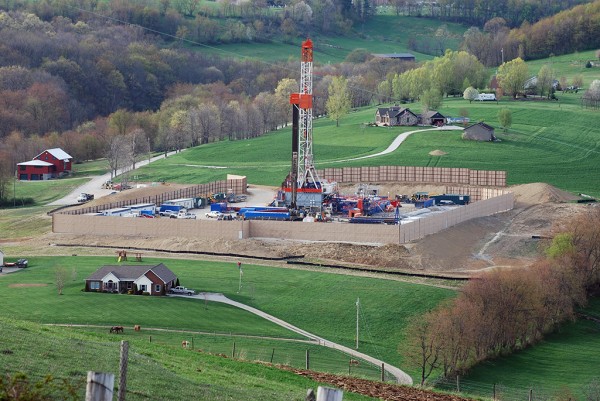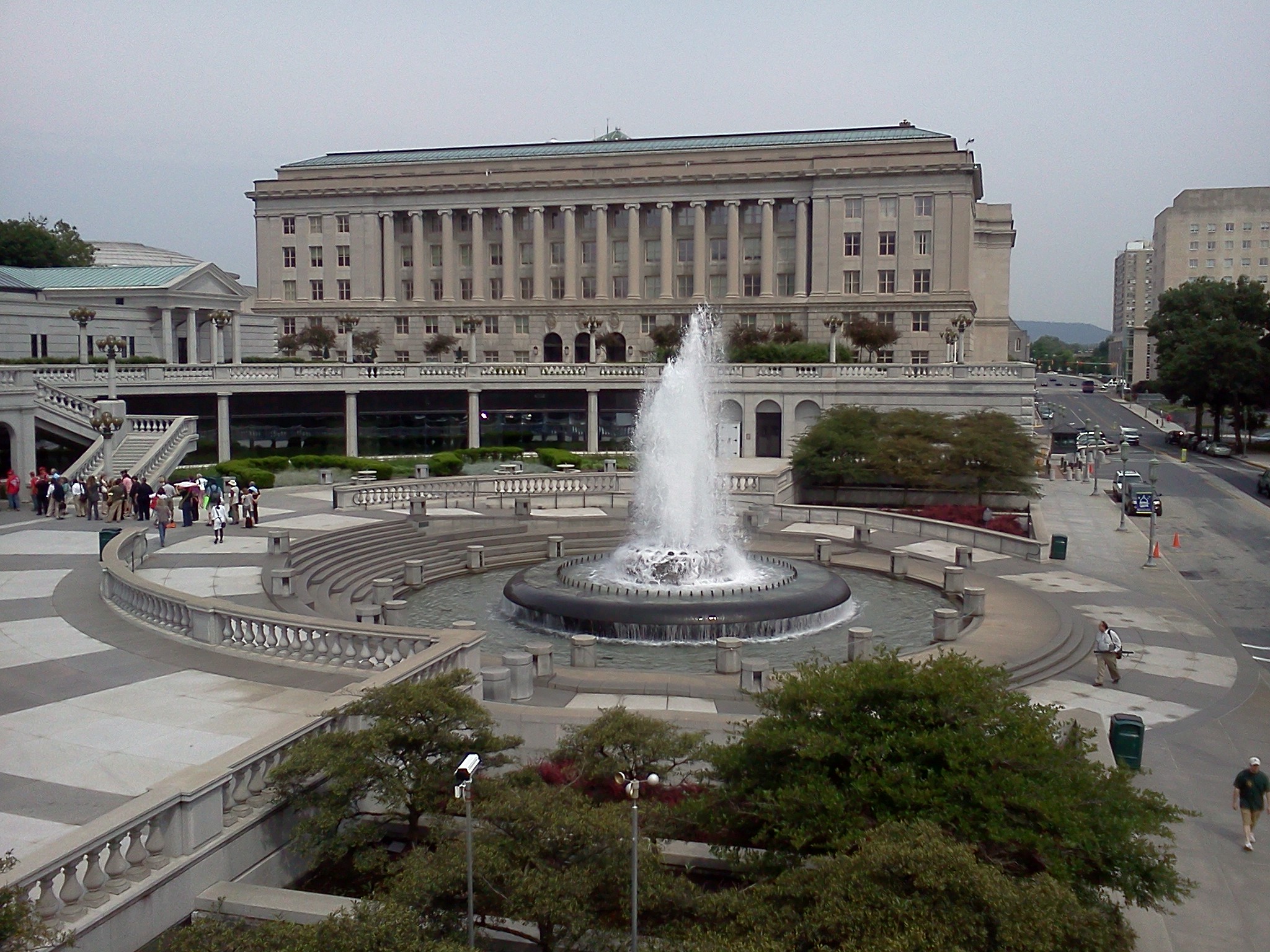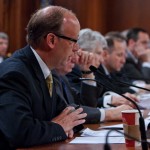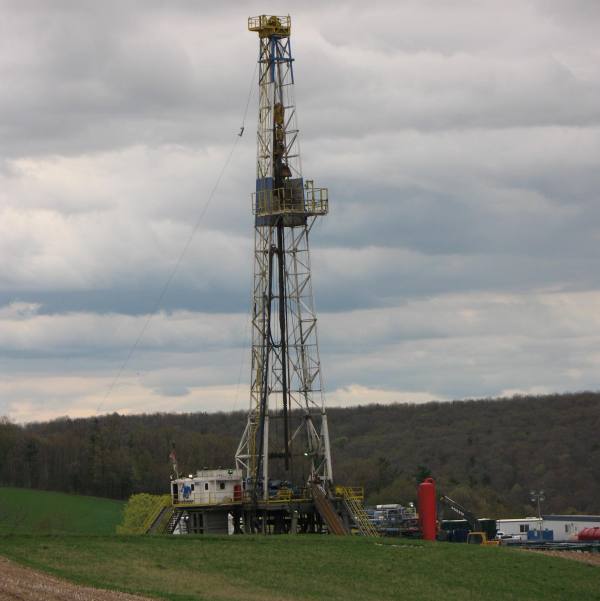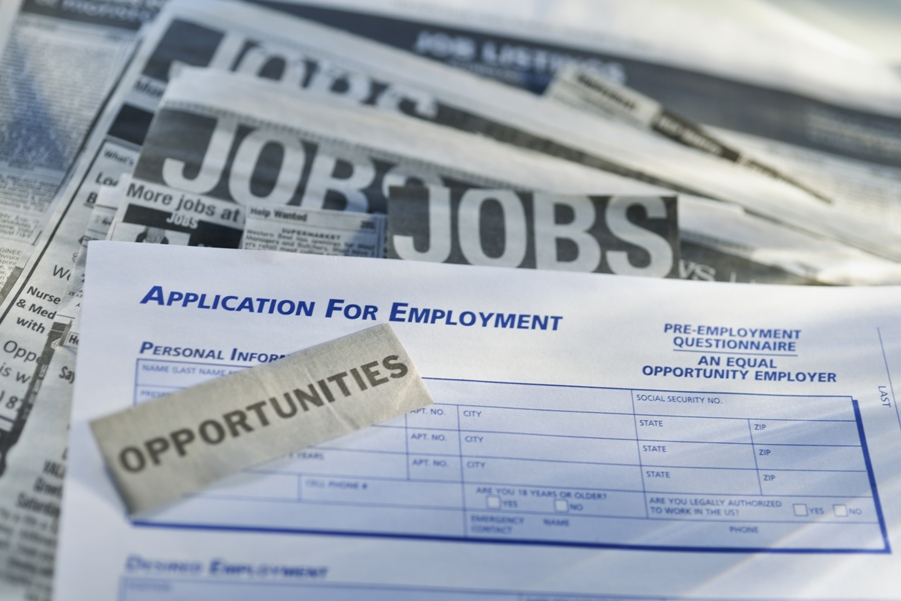Five Years of Casino Gaming in PA
The slot machines first started chiming, whizzing and whirling at Mohegan Sun at Pocono Downs on November 14th, 2006. Back then it was Pennsylvania’s first slots casino. Today Mohegan Sun is one of ten casinos operating in the Keystone State, which are all offering a full complement of table games too.
The first five years of casino gambling have been an economic success, according to state Sen. Tommy Tomlinson (R-Bucks). “Many of my detractors said you’ll never raise a billion dollars out of this, but we’ve gone over $4-billion dollars in tax revenues to the state,” Tomlinson says. Slot machines have actually raked in $4.6-billion dollars in tax revenue through last fiscal year, and table games added another $81.4-million dollars in tax revenue during their first year.
Regardless of the statistics, state Rep. Curt Schroder (R-Chester) tells us casino gambling has failed to deliver on its promise of property tax relief. “Maybe a couple hundred dollars in some places, in some parts of the state much less than that,” says Schroder, who chairs the House Gaming Oversight Committee. “When you’re talking property tax bills of three, four, five thousand dollar and above in some areas, it doesn’t make a dent.”
Last year, Pennsylvania homeowners shared in $776-million dollars of slots-funded property tax relief, which broke down to a statewide average of $200 bucks. The amount varies by school district, though, and Sen. Tomlinson tells us poorer areas and senior citizens are especially benefitting.
PA casinos employ 15,000 people, but there are concerns about potentially thousands of families being negatively impacted. Five years ago, the Council on Compulsive Gambling in Pennsylvania averaged around 300 calls per month to its helpline. “Since the first casino opened in November of 2006, our monthly helpline activity has increased,” says Council on Compulsive Gambling President Jim Pappas. “We now average over 1,800 calls a month from within the state.” 3,025 people have also signed up for the Pennsylvania Gaming Control Board’s self-exclusion list.
Several more casinos could potentially come online in 2012, but the Gaming Board’s focus is shifting. “It really is coming to the point where we’re becoming more of a regulator than an opening-type agency,” says PGCB spokesman Richard McGarvey. While the gaming competition from surrounding states will be intense in the next five years, McGarvey says PA casinos are already responding with increased amenities. “You’re now starting to see these casinos starting to add hotels, shopping centers, bowling alleys… That’s the direction they’re heading.”








